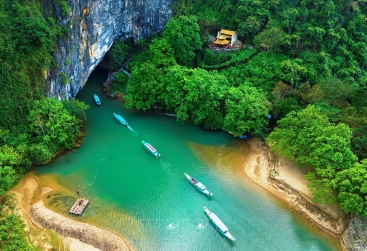There are numerous mysterious caves hidden under the majestic mountains or towering cliffs on Earth, which hold stories about time and the immense power of nature. Every cave is unique in its beauty, with sparkling crystal curtains of stalactites hanging down or stalagmites rising like one-of-a-kind works of art.
Let's explore the mystery of cave formation with Phong Nha Discovery and discover what created these magnificent natural wonders!
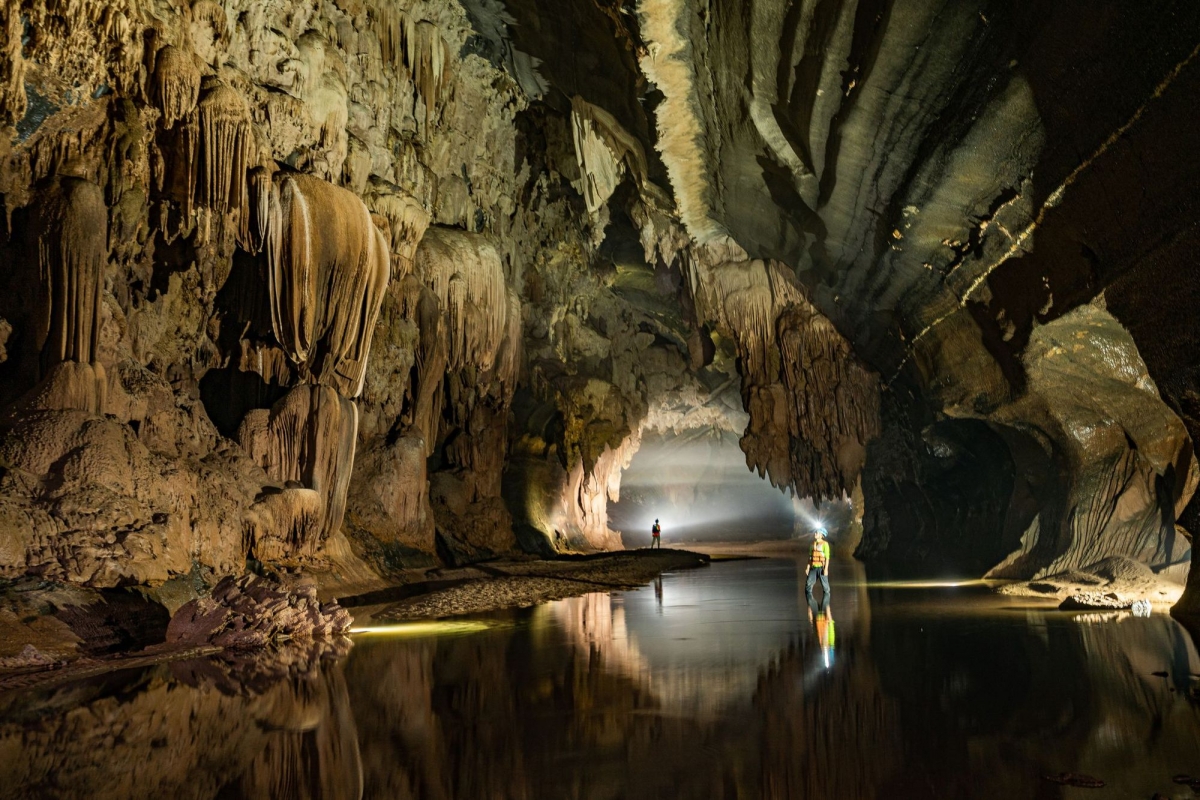
Many caves on Earth were created millions of years ago due to the planet's geological tectonic processes. The Earth's crust underwent changes, including a series of faults and mountain-building activities, as well as volcanic eruptions, which led to the formation of mountain ranges.
Within mountain blocks, the materials that make up the mountains can differ significantly. Parts of the mountain that are easily weathered dissolve into groundwater and get washed away, creating spaces between the remaining unweathered parts. Over millions of years, these spaces gradually grow. Depending on the condition of the dome's structure, the dome either collapses or remains strong enough to create a cave.
Caves are found worldwide, but exploration is concentrated in Europe, Asia, North America, and Oceania, with sparse exploration in South America, Africa, and Antarctica.
The longest cave
- The cave with the largest total length that has been surveyed is Mammoth Cave in Kentucky, USA with a length of up to 685.6 km
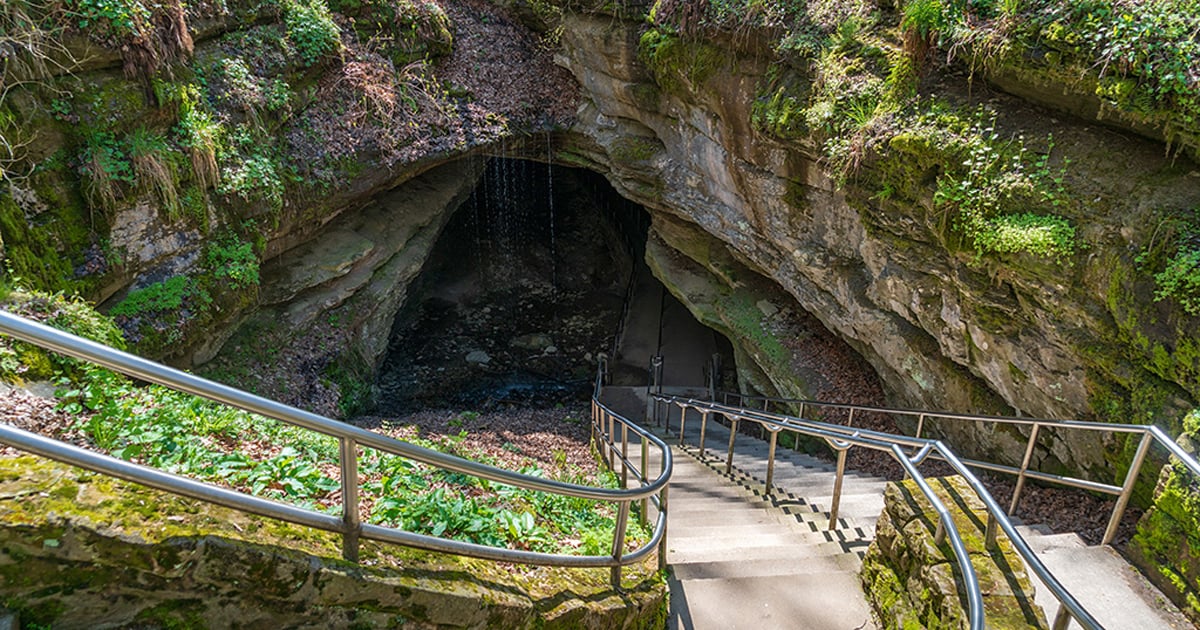
- The longest underwater cave and second in total length is Sistema Sac Actun in Yucatan, Mexico, 335 km long.
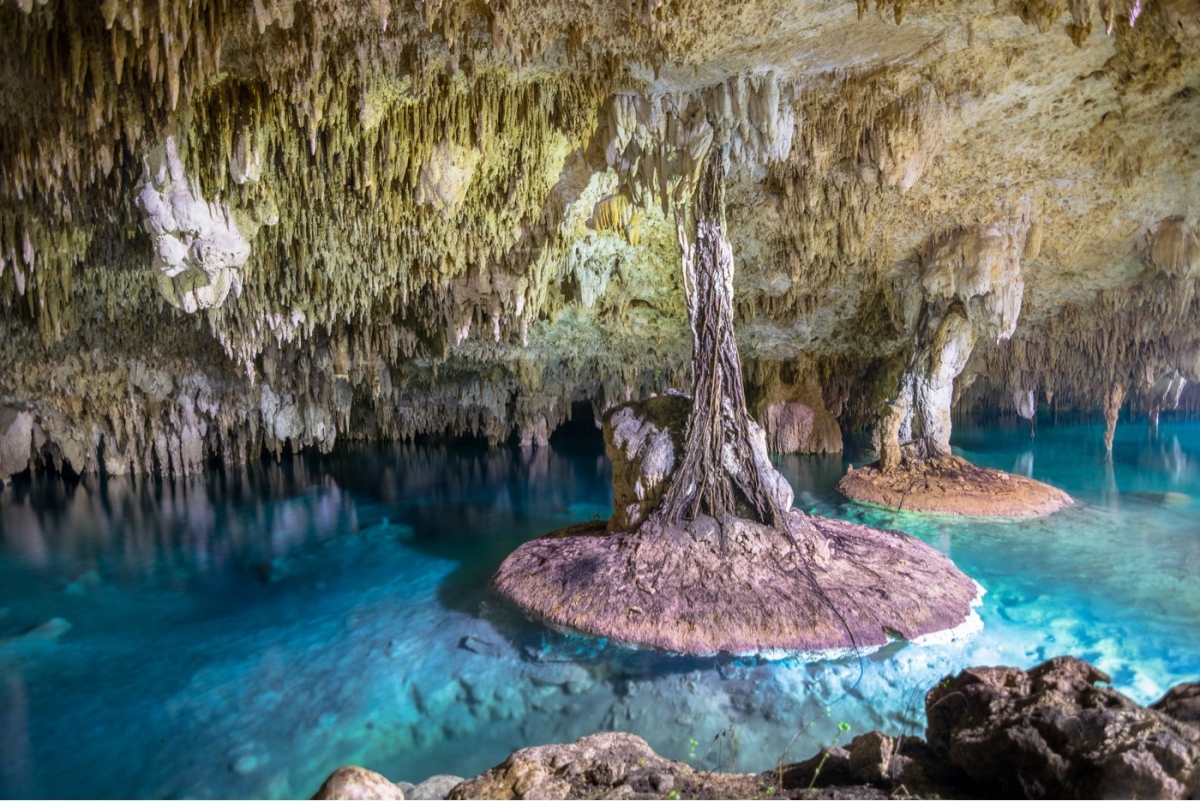
The deepest cave
- The deepest cave from the lowest point to the highest entrance of the cave is Veryovkina cave in Abkhazia and Georgia, with a depth of up to 2,204 m.

- The deepest flooded hole ever discovered is the Hranice Abyss in the Czech Republic with 404 m deep.

The biggest cave
Son Doong Cave: The biggest cave in the world in Bo Trach District, Quang Binh Province, Vietnam, belongs Phong Nha – Ke Bang cave system with nearly 9 km(surveyed 4,6 km), average high 80 m. In particular, there are cave chambers up to 200 m high and more than 140 m wide. This cave was specifically surveyed and listed as the largest cave in April 2009 by the Expedition Team of the British Cave Association. Previously, this record belonged to the Deer Cave in Gunung Mulu National Park (Sarawak, Borneo, Malaysia).
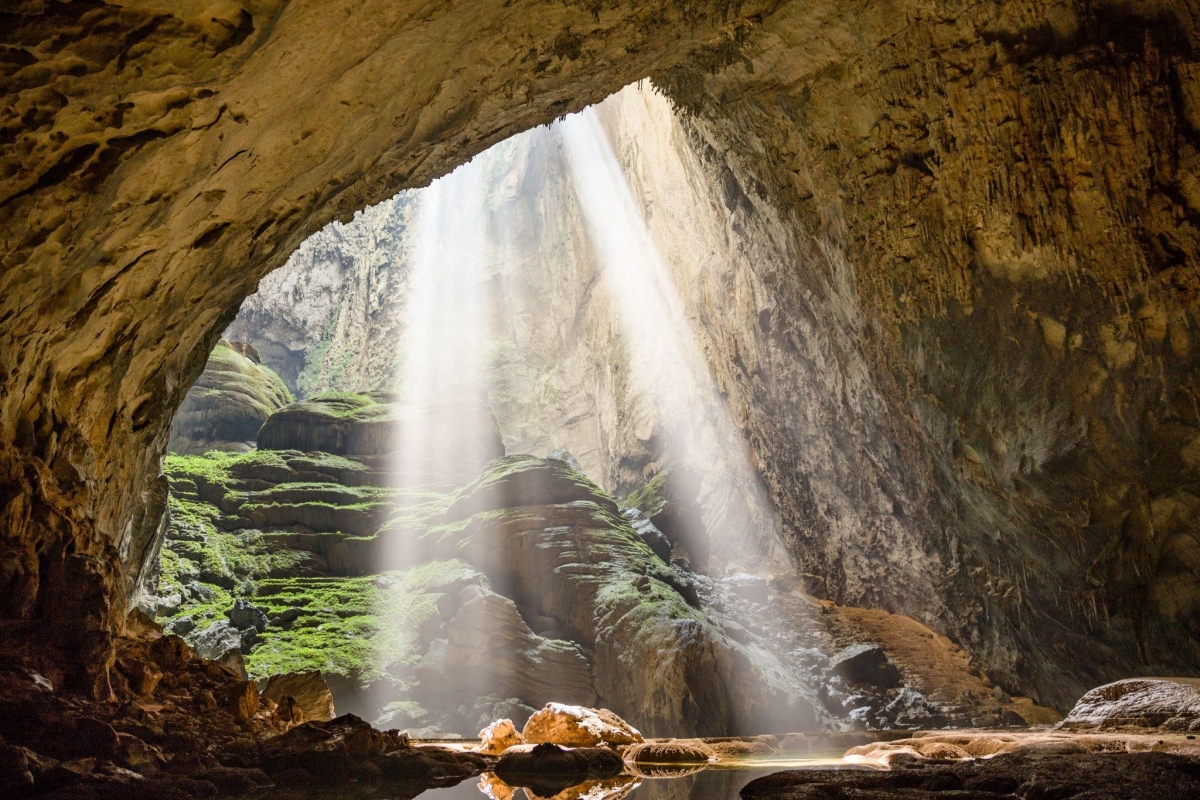
Formation of stalactites and stalagmites
Stalactites
Stalactites formed by water dripping over millions of years, creating secondary cave minerals that hang on the ceiling or rise from the wall of caves.

As water enters a cave from above, it dissolves minerals along the way and carries them with it. These minerals accumulate on the ceiling or walls of the cave in the form of small drops or streams. When a drop of water falls, it leaves behind a small amount of calcite on the surface. Over time, as more drops fall and deposit calcite, a stalagmite is formed. Stalagmites are rounded or cone-shaped formations that grow from the ground and reach towards the ceiling of the cave. When a stalagmite grows large enough and reaches the cave floor, it forms a stone column.
Stalagmites
As water drops from the top of a cave, it leaves behind a thin layer of calcite on the cave floor. Over time, this layer gradually grows and forms tall stalagmites with sharp tips pointing upwards towards the stalactites above. Stalagmites usually grow faster than stalactites because they have a larger and more stable attachment area and are not easily interrupted. The tallest stalagmite can reach up to 30m in height, resembling a stone tower that firmly stands on the ground.
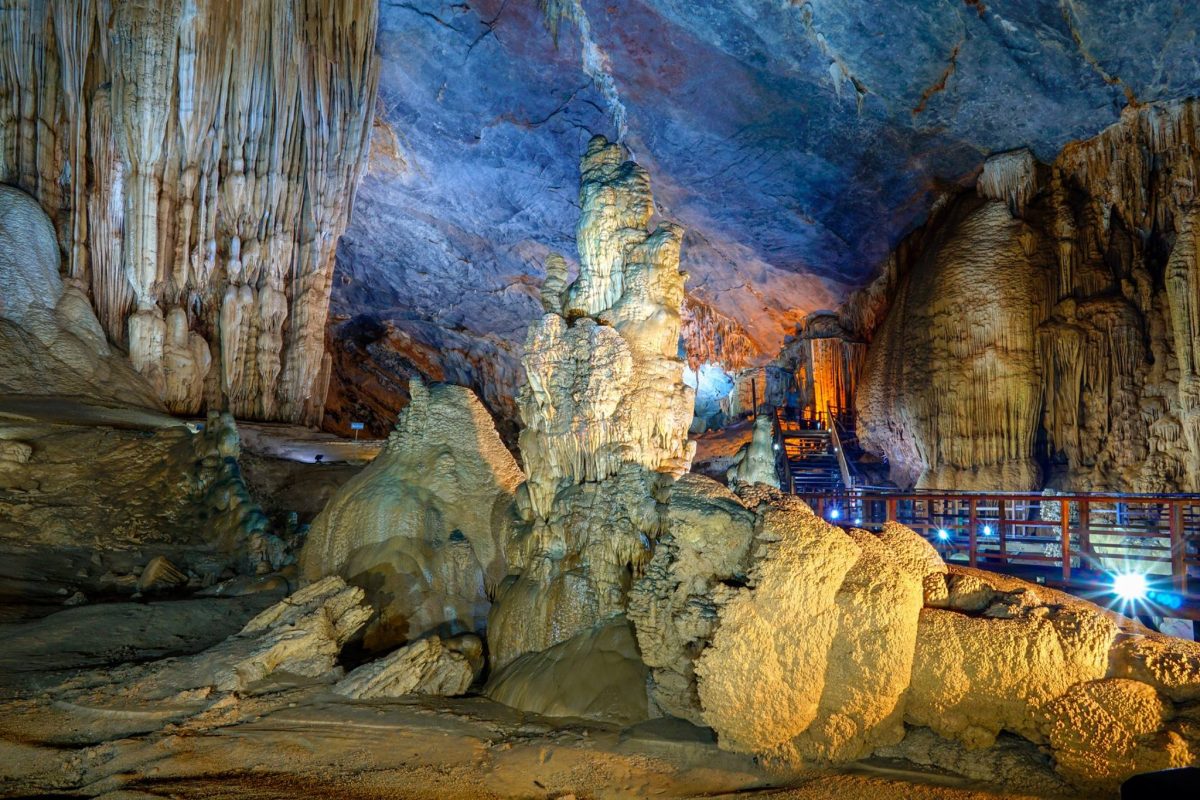
Stalactites and stalagmites can sometimes meet and fuse to create a stone column, but this is a rare occurrence. Stalactites are often unstable because the direction of water flow can change when it is obstructed or the water volume fluctuates, leading to the formation of new stalactites.
Phong Nha Ke Bang Cave System
The cave system in the Phong Nha-Ke Bang area was created by geological tectonics that took place within the Ke Bang limestone mountain range over 400 million years ago during the Paleozoic era. The tectonic periods and faulting phases led to the creation of continuous mountain ranges due to uplift movements and sedimentary basins due to subsidence movements. This played a significant role in creating diversity in geology, topography, geomorphology, and hydrological network. It also resulted in the diversity and excitement of tourist caves for Phong Nha's limestone formations. Ke Bang developed from the Devonian to the Carboniferous-Permian period.
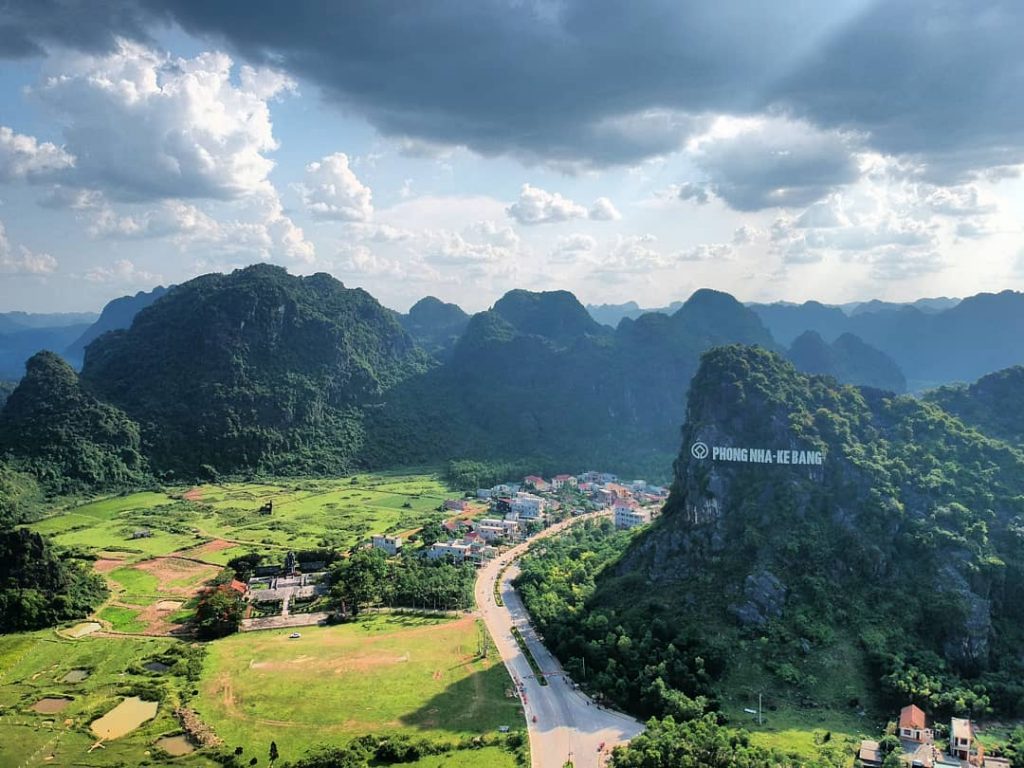
The Phong Nha-Ke Bang area has a rich geological history, resulting from five major periods of Earth's crust development in the region. These periods are:
• Late Ordovician period - early Silurian period (450 million years ago)
The earth's crust was broken and subsided to form terrigenous rocks of the Long Dai formation, distributed in a linear shape extending in the Northwest - Southeast direction, containing Graptolithina fossils of O3 - S1 age.
• Middle and Late Devonian period (about 340 million years ago)
The second time the Earth's crust sagged, the sea expanded. The sedimentary composition evolved from siltstone sandstone to argillite interbedded with limestone containing typical fossil assemblages corresponding to the following transgressive direction:
Calceola sandalina, Desquamatia kurbesekiana (coastal marine) -> Stringocephalus burtini, Emanuella takwwanesis, E. volhynica, Desquamatia ventrycosa, Scoliopora denticulata, Stachyodes costulata, S. lagowwiensis (shallow marine) and Conodonta complexes (open marine).
• Carboniferous - Permian period (360 -245 million years ago)
Carboniferous - Permian age platform limestone formation stage. The earth's crust in the Phong Nha - Ke Bang area was broken for the third time, creating a shallow, isometric basin (inland sea), containing fossils ranging in age from lower carbon to middle carbon, finally Permian.
• Orogenic phase
Phong Nha Ke Bang limestone block rises from the sea surface, the process of karst, weathering and erosion occurs.
• Cenozoic period (250-65 million years ago)
>>>Discover Phong Nha Ke Bang National Park here
One of the primary causes to be considered is the increasing activity of volcanic intrusive blocks that are younger than limestone. These blocks, along with lifting the current limestone layers, also result in earthquakes, faults, and volcanoes. When volcanic eruptions intersect faults or large fault zones, the limestone undergoes a metamorphosis, transforming it into quicklime (CaO) that can easily dissolve in water and enter faults and fissures, along with crushed limestone, pebbles, volcanic lava, and groundwater. In a water environment, this lava turns into mud and clay, which is soft kaolin that can either be washed away by water or settle into cracks and holes due to its higher density than limestone (0.3 - 0.4 g/cm³). Water plays a crucial role in cleaning the cave and valleys that lie between limestone mountains, washing away quicklime, mud, clay - kaolin and forming the stalactites that we see today.
The Phong Nha-Ke Bang area boasts the oldest cave in Southeast Asia, with cave formation beginning 400 million years ago during the same rift phase that formed the East Sea. The cave system in the Phong Nha-Ke Bang area runs along the directions of regional and local faults.
In total, there are approximately 400 large and small caves in the area. The Phong Nha cave system is considered the most valuable in the world by the British Royal Cave Research Association (BCRA) due to its four best points: having the longest underground rivers, the highest and widest cave entrance, the widest and most beautiful sand banks, and the most beautiful stalactites.













